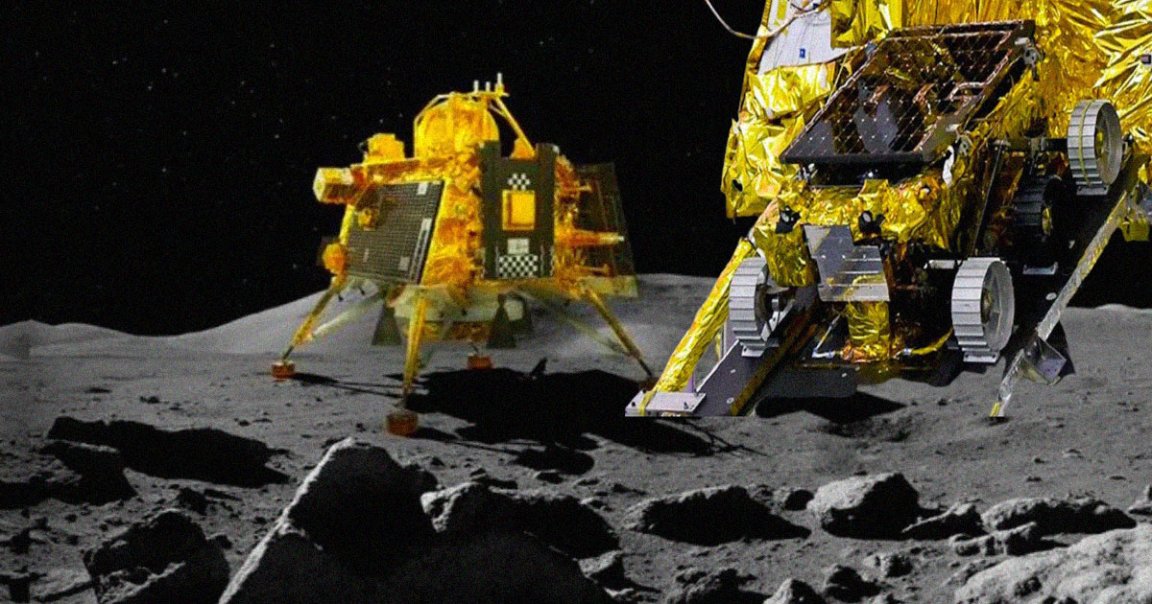
Moonos Anomaly
Sounds like the Moon’s south pole is just brimstoning with possibilities.
The Indian Space Research Organization (ISRO) announced this week that its Pragyaan lunar lander had discovered sulfur and several other elements including aluminum, iron, calcium, chromium, titanium, manganese, oxygen, and silicon on the lunar surface.
According to the agency, it’s the “first-ever in-situ measurements” of the elemental composition of resources found near the lunar south pole, a region that scientists believe holds vast swathes of water ice.
The six-wheeled, 57-pound rover “unambiguously confirms the presence of sulfur,” the ISRO wrote in a statement, “something that was not feasible by the instruments onboard the orbiters.”
Rock Music
The rover’s Laser-Induced Breakdown Spectroscopy (LIBS) instrument zapped rocks to heat them up to create “extremely hot and localized plasma,” which was then analyzed for emitted wavelengths corresponding to each element.
The agency is now hunting for hydrogen, something that could bring us a step closer to confirming the presence of water ice in the area.
The news comes after the small rover came somewhat close to tumbling into a ten-foot crater. Fortunately, teams at mission control spotted the hazard ahead of time and rerouted it safely around the hazard.
Other than zapping rocks with lasers, Pragyaan is also outfitted to study the Moon’s ultra-thin atmosphere as well as detect any local seismic activity.
It’s an optimistic new future for India’s space agency. In 2019, its previous attempt to land a spacecraft on the lunar surface failed — but as Pragyaan is already demonstrating, there are plenty of reasons to try again.
More on the rover: India Prevents Moon Rover From Falling Into Hole